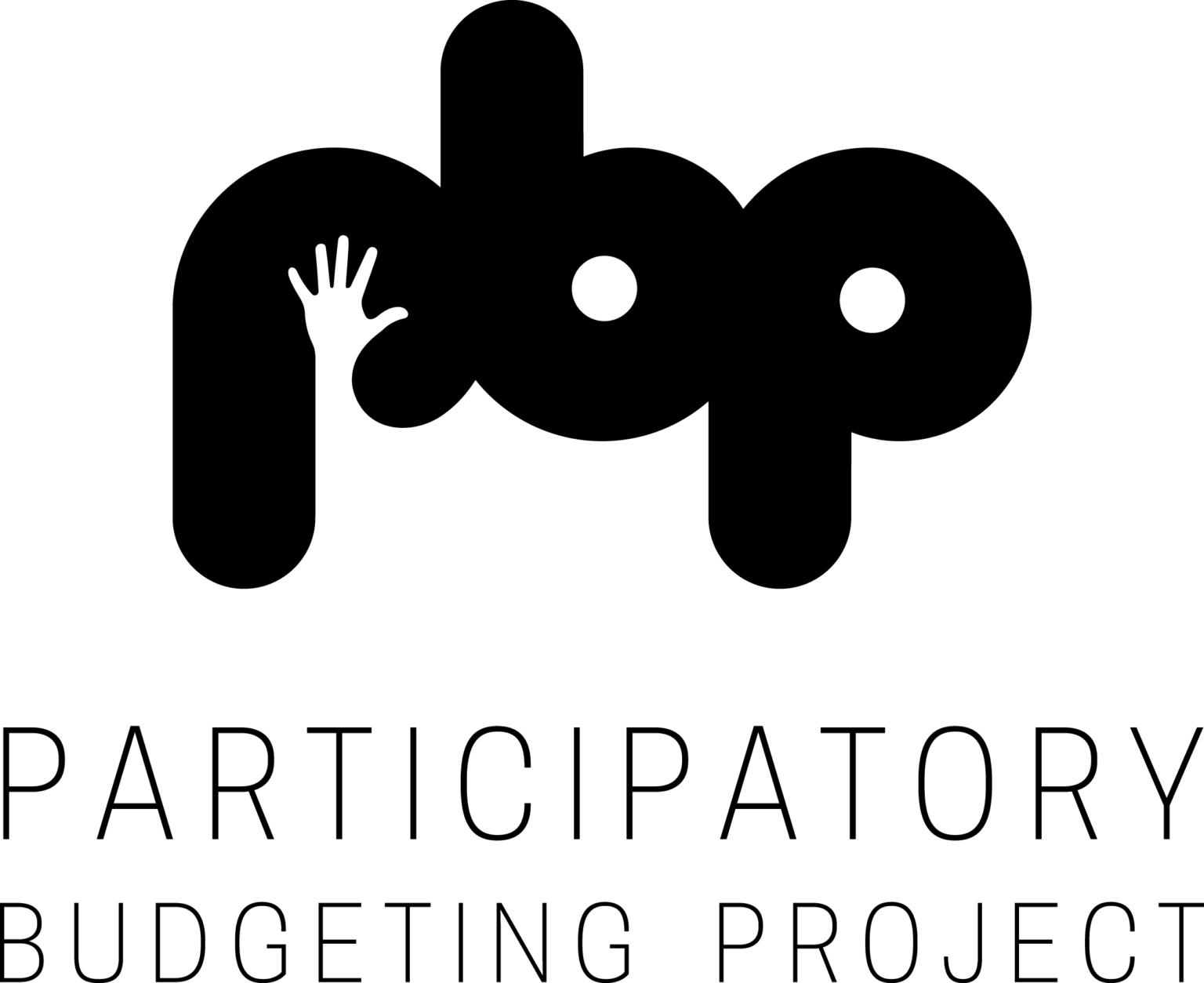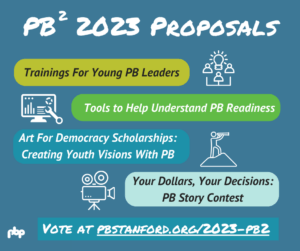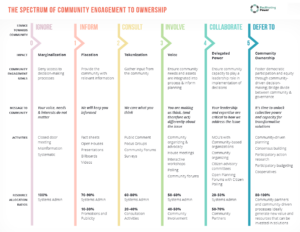There are many ways to measure the impact of PB, but researchers in North America now have a shared language to evaluate and compare PB processes. Our friends at Public Agenda – the lead organizer for the North American PB Research Board – have worked with the board and PBP to develop a toolkit for local evaluators that includes a list of 15 key PB metrics and a set of research instruments for measuring them.
The purpose of the 15 metrics is to evaluate the impact, growth, and reach of PB across North America, with a focus on the areas of (1) civic and political life; (2) inclusion and equity; and (3) transformations of government.
Each year the metrics will be published by Public Agenda in a “Year in Participatory Budgeting Research” review. To do this, they will be reaching out to PB processes all over North America and working with local evaluators to collect the necessary data.
We are partnering with Public Agenda to ensure that the PB processes we support can make effective use of the metrics and adapt the research instruments to their own evaluation needs.
We are excited to see the evaluation effort in North America taken to a new level. Thank you to the amazing local evaluators in cities like NYC, Chicago, Vallejo, and Boston, who contributed to this toolkit by willingly sharing their tools, findings and insights. We’re looking forward to learning more about how we can strengthen PB as a means of building empowered communities and connecting them with government!
Visit Public Agenda’s website for more information and to download the PB evaluation toolkit.
Key PB Metrics for 2015-2016
Impact on Civic and Political Life
- Number of PB participants and percentage of eligible residents who participate.
- Number and percentage of PB voters who are eligible to vote but did not vote in the most recent local election.
- Number and percentage of PB voters who are ineligible to vote in local elections.
- Number and percentage of participants who report prior civic engagement or participation.
- Number and percentage of participants who report being new or returning to PB.
- Number of nongovernmental and community-based organizations involved in PB.
- Number and percentage of elected officials re-elected.
Impact on Inclusion and Equity
- Number and percentage of participants who are of low SES and/or people of color; and relative to demographics in jurisdiction and in most recent local election.
- Accessibility indicators for idea collection phase, project development phase and voting.
- Allocation of PB funds by project type (to be compared with the allocation of comparable funds prior to PB).
Impact on Government
- Number of new, continued and discontinued PB processes from year to year.
- Amount and percentage of funds allocated to PB projects.
- Project completion rates and final project costs.
- Amount of additional money allocated to projects and needs identified through PB.
- Dollar amount spent on PB implementation.





